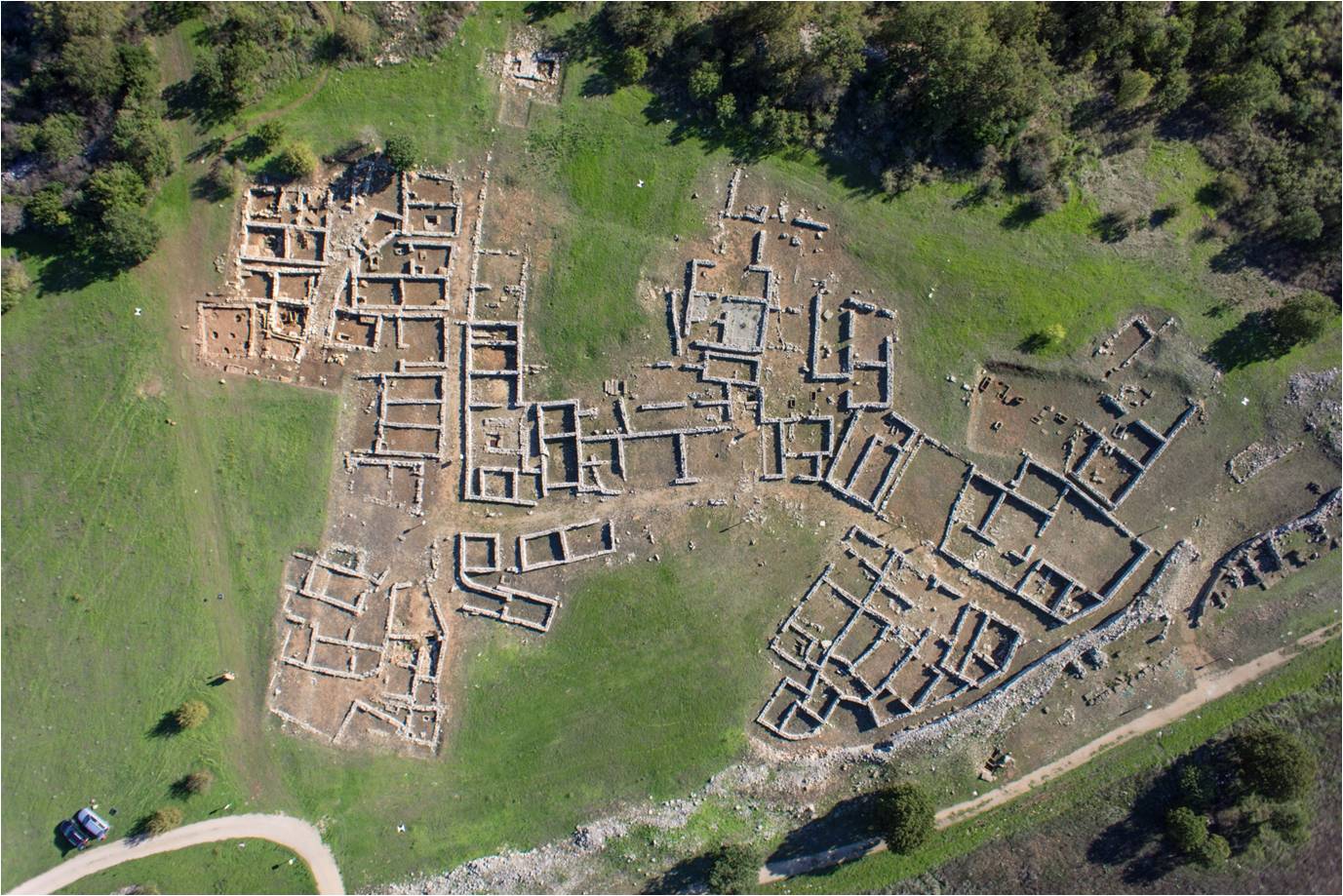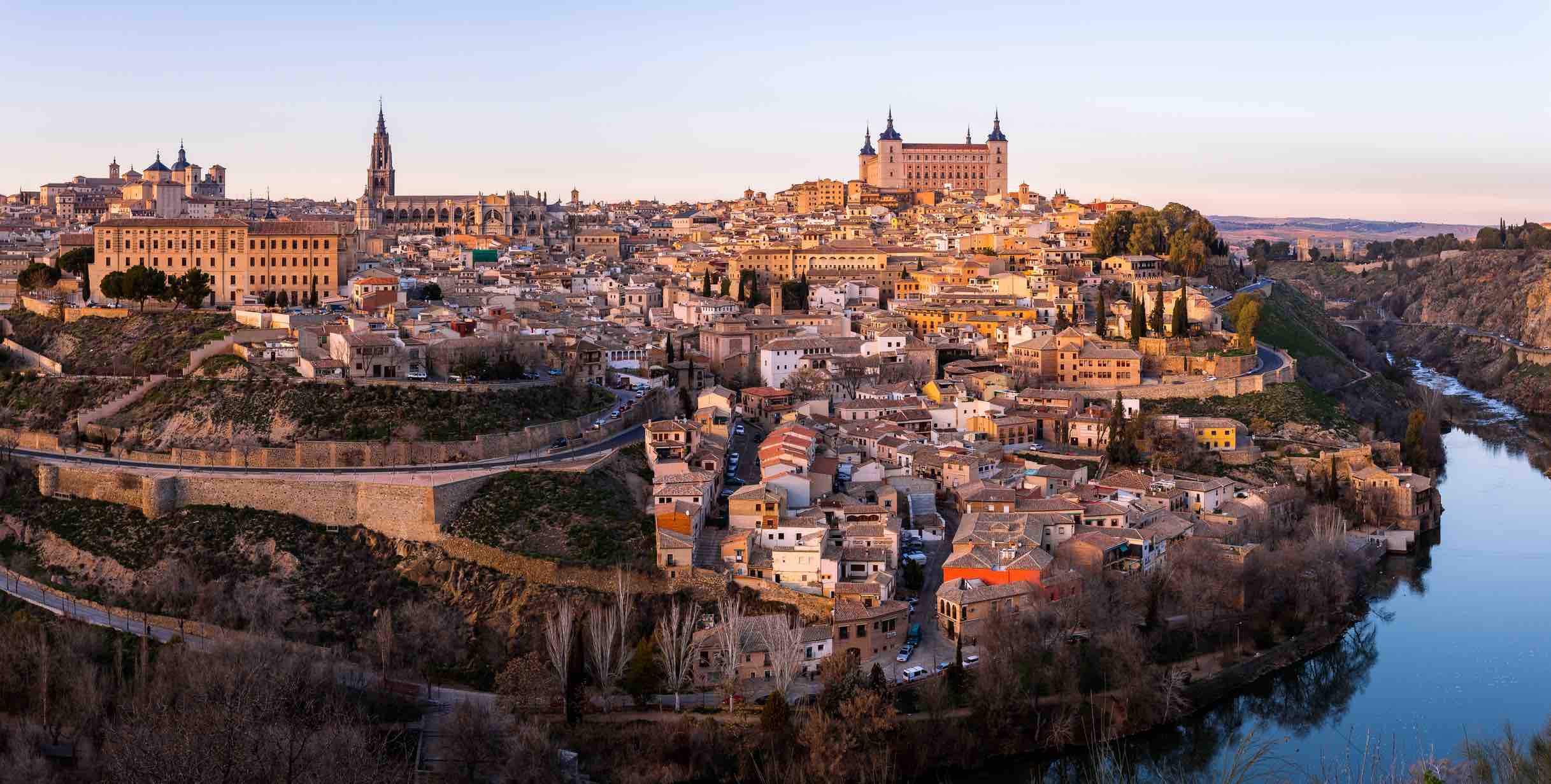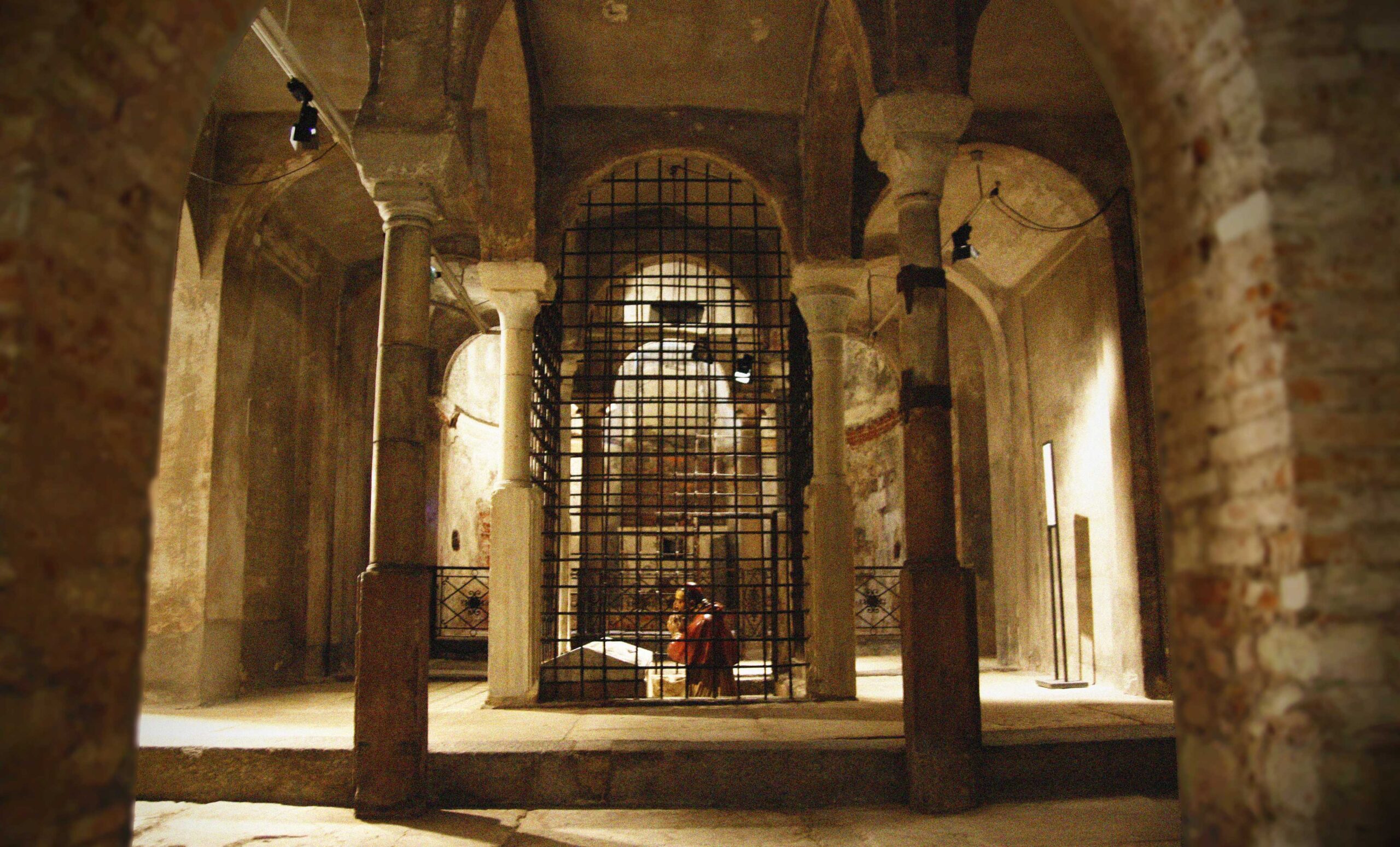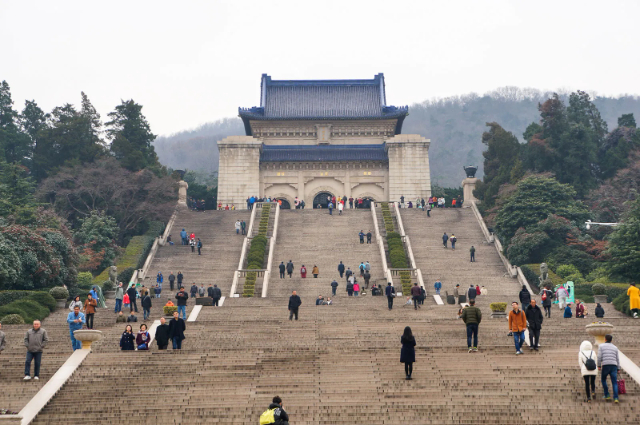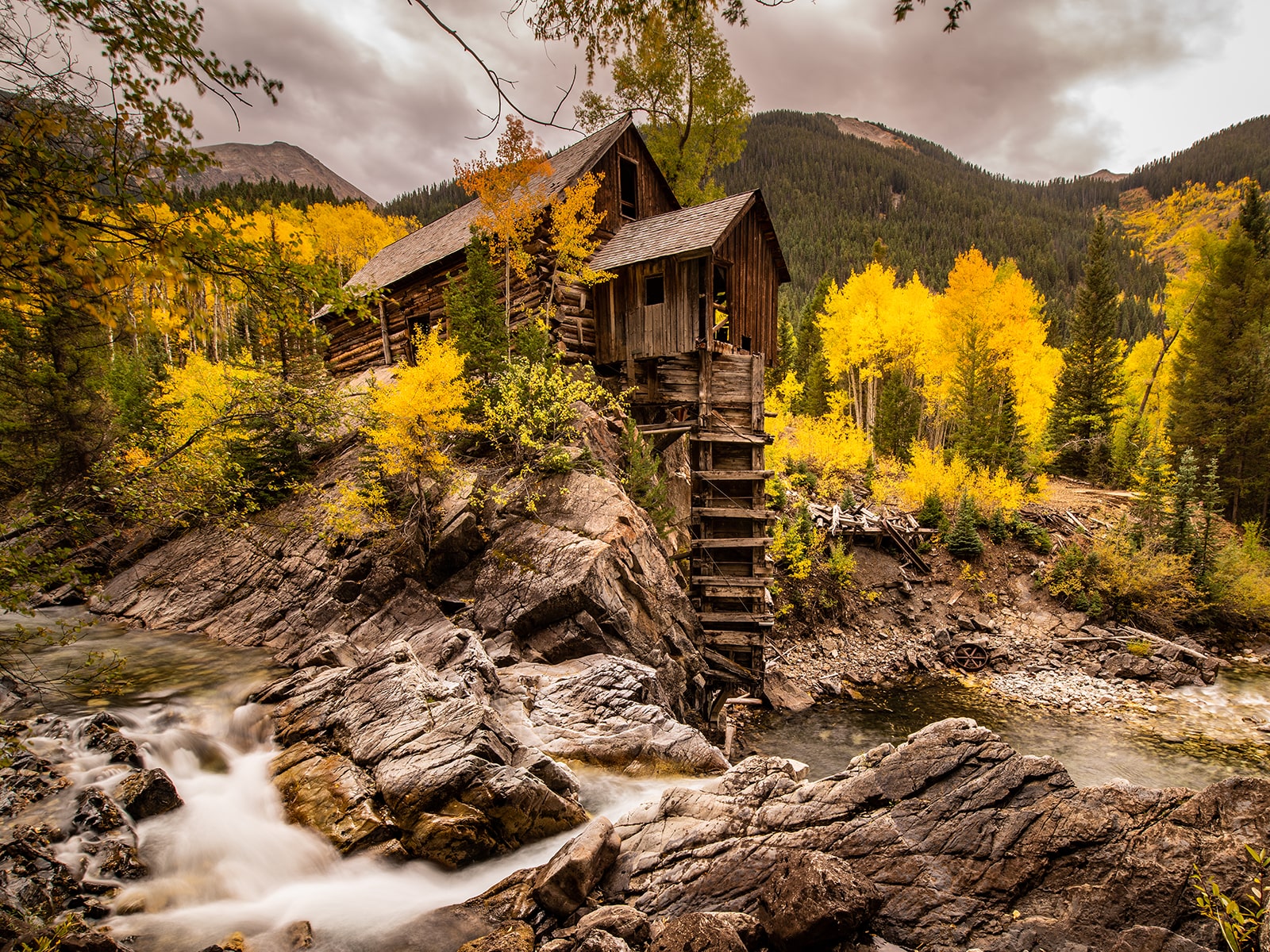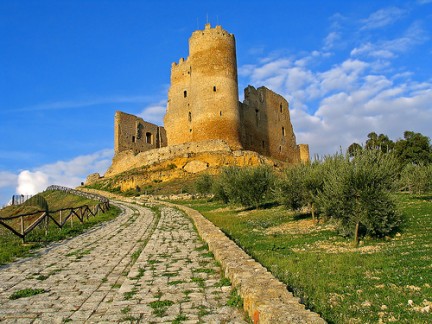The Archaeological Park of Monte Sannace preserves one of the most important indigenous sites of pre-Roman Peucezia. Interested since the nineteenth century by illegal excavations and plundering, the area was first excavated in 1929, conducted by Michele Gervasio. Then, regular research campaigns were conducted by the Archaeological Superintendence from 1957 to 1961, under the direction of Bianca Maria Scarfì, later resumed in 1976, in the area of the lower town, and since 1978 on the acropolis by Ettore Maria De Juliis. Since 1999 an excavation site of the University of Bari has been present on the site; the settlement has given back evidence referable to a very wide chronological span from the Iron Age to the early Roman Imperial Age. The maximum prosperity of the site can be circumscribed to the VI-III centuries B.C. and in particular to the Hellenistic phase. Monte Sannace in the second half of the 4th century B.C. is surrounded by defensive walls that draw the division of the centre into acropolis and inhabited area located in the plain to the west. The archaeological value is added to the landscape value, since the park offers the possibility to fully immerse oneself in the landscape of the Murgia. The area of the ancient city destined to be an Archaeological Park has undergone numerous restoration and enhancement works that have led, in addition to a better knowledge of the visible monumental remains, to the extension of the parts that can be visited and to the creation of suitable educational apparatus and services for the reception of the public. Research, restoration, valorisation and promotion are still in progress and the visit includes two itineraries: one archaeological and the other naturalistic. In the first case, the visitor is offered the possibility to observe the topographical configuration and structural characteristics of the ancient city; in the second, to appreciate the naturalistic-environmental qualities of the place as a whole and to reach observation points of particular landscape interest. Both routes start from the Masseria Montanaro, located at the main entrance of the Park, and wind between the plain and the hills, crossing and sometimes overlapping each other,
